Rare Rides: A Beige Plymouth Champ - American Malaise From 1980

Rare Rides has featured a couple of Plymouths before, both of which were sporty and boasted two doors. Today’s Plymouth also has two doors, but is perhaps not quite as performance oriented as its brethren on these pages.
Hailing from 1980, it’s a super Malaisey Champ hatchback.
As most of you were already thinking, the Champ wasn’t really a Plymouth at all — it was a Mitsubishi. For their first three generations, the Mitsubishi Galant and Lancer models were sold as Dodge Colts and occasionally as the Plymouth Cricket. It all started back in 1971, when Chrysler brought the Galant to North America as a captive import. Small, fuel efficient cars were all the rage at the time, and became even more important as the oil crisis of 1973 set in. If you were alive, perhaps you remember it?
Offerings were always in coupe, sedan, or station wagon formats throughout the Seventies, until the death of the second-generation model after 1978. That particular year, the Colt’s product offerings branched in two very different directions. A new wagon joined the lineup for ’78, and, though badged as a Colt, it was a Mitsubishi Galant Sigma underneath. Coupe and sedan versions for ’78 were Lancers. This arrangement lasted exactly one model year, as in 1979, the fourth-generation Dodge Colt greeted Americans. This time it was a rebadged Mirage rather than a Lancer, and was front-wheel drive. The rear-drive wagon sold alongside the front-drive Colt for 1980 and 1981, when it was replaced by the homegrown Dodge Aries K wagon.
For the first few years, the three-door hatchback was the only body style on offer, powered by a singular engine: a 1.4-liter inline-four producing 70 horsepower. Critically, manual transmission Colt models were awarded with the nation’s highest EPA ratings for their 1979 debut. Sales started strong — Dodge sold over 60,000 the first year, with sales increasing to over 80,000 for the next two years. The transmission lineup included two manuals and one automatic. Notable was the super-efficient Twin Stick manual. It had a two-speed transfer case, translating into a total of eight forward speeds, and two reverse ones. The automatic was a trusty three-speed TorqueFlite.
Revisions came in 1982, as a five-door version joined the lineup, power figures for the engines fell, and a 1.6-liter turbocharged engine was available only with the automatic transmission. The Champ name was a short-lived one, as the model was renamed Colt after the 1982 model year. Dodge would go on to have three more generations of Colts, running all the way through 1994. We featured the interesting five-door Colt Vista here previously.
Today’s Rare Ride was located in Oregon and was snapped up very quickly. Twin Stick Champs are thin on the ground, and this particular example had just over 50,000 miles.
[Images: seller]

Interested in lots of cars and their various historical contexts. Started writing articles for TTAC in late 2016, when my first posts were QOTDs. From there I started a few new series like Rare Rides, Buy/Drive/Burn, Abandoned History, and most recently Rare Rides Icons. Operating from a home base in Cincinnati, Ohio, a relative auto journalist dead zone. Many of my articles are prompted by something I'll see on social media that sparks my interest and causes me to research. Finding articles and information from the early days of the internet and beyond that covers the little details lost to time: trim packages, color and wheel choices, interior fabrics. Beyond those, I'm fascinated by automotive industry experiments, both failures and successes. Lately I've taken an interest in AI, and generating "what if" type images for car models long dead. Reincarnating a modern Toyota Paseo, Lincoln Mark IX, or Isuzu Trooper through a text prompt is fun. Fun to post them on Twitter too, and watch people overreact. To that end, the social media I use most is Twitter, @CoreyLewis86. I also contribute pieces for Forbes Wheels and Forbes Home.
More by Corey Lewis
Latest Car Reviews
Read moreLatest Product Reviews
Read moreRecent Comments
- VoGhost "compliance EVs" - so typically Posky. Come on, Matt, come clean about what Big Oil is paying you already.
- VoGhost Great to see leadership from Washington in supporting American businesses and job creation.
- VoGhost Oh, Mattie, I am BEGGING you to take a course in economics. There's probably a community college near you offering courses for free or very cheap. Seriously, people this ignorant of basic economics really should not be writing this drivel. Stick to what you know: pimping for big oil.
- 2manyvettes I was a computer instructor in a local technical college for some years teaching Windows OS and Micosoft Office. Not long before I retired I purchased a Mac Book Air laptop. It didn't take me long to learn the Apple OS and the first thing I learned was the lousy job Microsoft did ripping off the Apple software. I purchased Microsoft Office for Apple at the time and discovered when Apple upgraded the OS to 64 bit and my 32 bit Office software would no longer run on the laptop, that embedded in the Apple OS was software that could open any Office file and could save any file in Microsoft file format. I have always felt if Apple sold product at PC prices they would put Microsoft out of business. Oh, and I bought my Mac ten years ago and still runs like brand new. Effect on Rivian? Who knows? Based on my experience with their technology, it could be interesting.
- Spectator This was an amazing vehicle. Back then Acura knew how to make a plush and comfy seat!



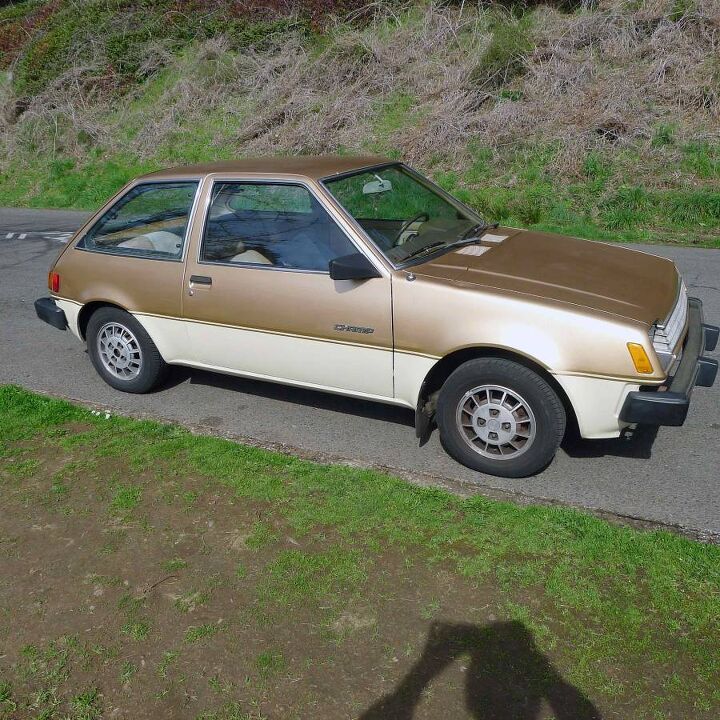

















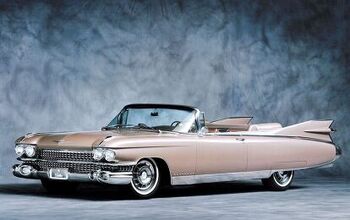





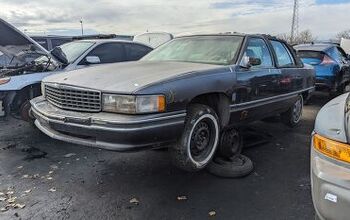
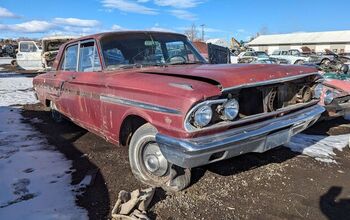

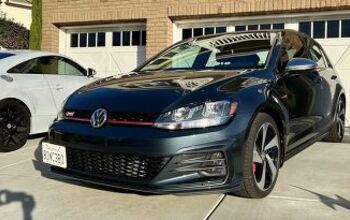
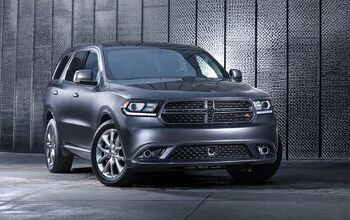

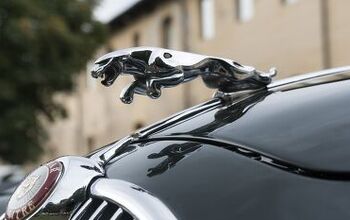



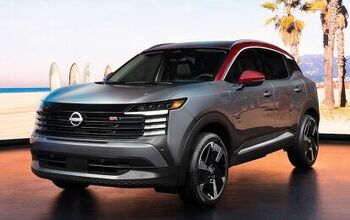

Comments
Join the conversation
Very clean styling, great visibility. Nice looking car. The generation after looked even better. I love the idea of a twin-stick in something more the size of a Smart Car than an 18-wheeler. How are you supposed to use it? I assume "low ranges in the city, high ranges on the highway," not 1L - 1H - 2L - 2H - 3L - 3H - 4L - 4H like an 18-wheeler. Has anyone driven one that can say?
"The automatic was a trusty three-speed TorqueFlite." If wiki is to be believed, this was a slightly downsized 904... that's A LOT of transmission for these little cars! I can't imagine that helped their gas mileage. (The 904 was originally made to be the "small" torqueflite for the Slant Sixes and the 273/318 V8s.)